Every dog parent has been there. You take your pup out, coffee in hand, expecting a quick potty break… and instead you’re staring at a pile of something that looks more like melted ice cream than poop. Not exactly the Instagram moment you had in mind.
Soft dog poop (a.k.a. dog soft stool, if we’re being formal) is gross, stressful, and honestly kind of rude. One day your dog is dropping perfect little tootsie rolls, the next day it’s a mess that makes you wonder if you should call the vet, switch their food, or start shopping for hazmat suits.
Here’s the deal: soft stool in dogs is super common. Sometimes it’s harmless, sometimes it’s a red flag, and most of the time it just means you get stuck with the least glamorous part of dog ownership: cleanup duty.
This guide has your back. We’ll cover what counts as “soft stool,” the most common causes, when you should call the vet, and what you can actually do to help your dog feel better. And because we know you’d rather not spend your life gagging over a poop bag, we’ll also show you a smarter way to make cleanup less of a nightmare.
What Is “Soft Stool” in Dogs?
Let’s be real: not all poop is created equal. Sometimes your dog nails that perfect, firm little log you could bronze if you were weird enough. Other times? It’s soft, shapeless, and smears like a toddler’s finger paint project. That’s what we’re talking about here.
“Soft stool” basically means your dog’s poop didn’t fully form. It’s not full-blown diarrhea (that watery slip-and-slide situation), but it’s also not the textbook firm poop you brag about to your vet. It usually looks like it could hold a shape… until you go to pick it up and realize, nope, it’s spreading like butter on toast.
Of course, nobody likes it when things go soft. Ahem. I mean in the poop department. It’s messy, it’s inconvenient, and it never shows up at a good time.
A quick cheat sheet:
- Normal poop = firm, segmented, easy to pick up (the dream).
- Soft stool = mushy, shapeless, or sticky but not liquid.
- Diarrhea = watery, urgent, and usually comes with a dog who looks at you like, “Help me, human.”
Knowing which one you’re dealing with matters, because it tells you whether your pup just had a minor snack mishap… or if it’s time to trade your paper towels for a vet appointment.
Common Causes of Soft Dog Poop
Soft stool doesn’t happen in a vacuum. Something set your dog’s digestive system off, and nine times out of ten it’s one of these culprits:
Sudden diet changes
Dogs’ stomachs don’t love surprises. Change their food overnight, hand them a bite of pizza crust, or let them raid the trash, and boom, soft poop.
Stress and anxiety
Moving, traveling, new houseguests, or even a thunderstorm can send your dog’s gut into meltdown mode. Think of it as the canine version of stress eating and regretting it later.
Food intolerances or allergies
Some dogs have certain food allergies and intolerances like not being able to handle dairy, wheat, or certain proteins. The result? Poop that looks like cookie dough instead of the neat little logs you’re hoping for.
Parasites or infections
Worms, bacteria, or viral infections can cause soft stool. Bonus fun: parasites sometimes make poop smell even worse than usual, which is saying something.
Medical conditions
Chronic issues like inflammatory bowel disease, liver problems, or pancreas trouble can show up in the poop department. These are less common but worth keeping on your radar.
Bottom line: sometimes it’s as simple as “oops, too many treats,” and other times it’s your dog’s way of waving a digestive red flag.
What to Do When Your Dog Has Soft Stool
So your dog left you a pile that looks more like pudding than poop. Deep breath. It’s gross, but it’s also fixable in many cases. Here’s what actually helps (and what doesn’t).
1. Keep them hydrated
Soft stool drains water from your dog’s body, and dehydration makes everything worse. Always keep fresh water available. If your dog’s being picky, jazz it up with a splash of low-sodium chicken broth or even ice cubes (some dogs think ice is a snack). A hydrated dog bounces back faster, and their poop firms up sooner.
2. Switch to a bland diet
Boiled chicken and plain white rice might not sound like a five-star meal, but for a dog with tummy drama, it’s Michelin-star medicine. The chicken gives lean protein, the rice helps firm things up, and together they give the gut a break from fats and fibers that can make things messier. Feed small, frequent meals for a day or two, then gradually reintroduce their normal food.
3. Press pause on treats and scraps
That half a burger your dog guilt-tripped you into sharing? Yeah, I’m looking at you. It’s probably part of the problem. When soft stool hits, avoid all fatty foods, rich table scraps, or new treats. Their digestive system is already working overtime, so now is the time for boring, gentle food only.
4. Try natural stool supporters
A spoonful of plain canned pumpkin (the 100% pumpkin kind, not pumpkin pie filling) is basically a fiber bomb that helps regulate digestion. Some dog parents also use vet-approved probiotics to restore healthy gut bacteria. Think of these as reinforcements for your dog’s intestinal army.
5. Keep an eye on progress
One or two soft poops? Annoying, but not an emergency. If things start firming up after 24-48 hours, you’re in the clear. If you’re still scraping pudding piles off the sidewalk after two days, it’s time to consider a vet visit.
The goal here is steady improvement: poop that goes from “why is this spreading like frosting?” to “finally, something I can actually pick up in one piece.”
When to See a Vet About Your Dog’s Soft Stool
Soft stool is annoying, but most of the time it’s not a doggy emergency. That said, there are moments when it’s less “wait and see” and more “call the vet right now.” Here’s how to tell the difference:
It’s lasting more than 2-3 days
A little tummy upset should start improving within 24-48 hours. If your dog is still producing squishy piles after day three, something bigger might be going on. Chronic soft stool can point to food intolerances, parasites, or other underlying issues that need professional eyes.
There’s blood, mucus, or strange colors
Bright red streaks, jelly-like mucus, or black tarry poop are all red flags. They can signal bleeding, infection, or problems higher up in the digestive tract. It’s not “wait and see” territory. Call your vet as soon as you notice it.
Your dog seems sick, not just messy
Lethargy, vomiting, loss of appetite, fever, or whining in discomfort alongside soft stool is your dog’s cry for help. Even if the poop looks minor, those extra symptoms can mean something serious.
Puppies, seniors, or health-compromised dogs
Young pups and older dogs don’t have the same wiggle room for “wait it out.” Puppies can dehydrate quickly, and senior dogs or those with conditions like diabetes or kidney disease can’t afford digestive issues dragging on. For them, call sooner rather than later.
Frequent relapses
If your dog gets soft stool often (not once every few months, but on a semi-regular basis), it’s worth a vet check. Recurring issues can mean allergies, chronic inflammation, or other digestive conditions that need treatment, not endless paper towels.
So, if your dog’s poop is still auditioning for the pudding aisle after a couple of days, or if it comes with extra drama (pooping blood, vomit, lethargy), your vet is the next stop. Better safe than scrubbing poop stains out of your carpet for weeks.
How to Make Cleanup Easier During Messy Moments
Dealing with soft stool can feel overwhelming. You’re worried about your pup, you’re juggling paper towels, and the last thing you want is another mess on your hands. Literally.
The right tools make cleanup less of a nightmare:
- Sturdy poop bags
Thin grocery bags don’t cut it with soft stool. They rip, leak, and leave you regretting every life choice. Pet-specific poop bags are thicker, leak-resistant, and usually come with odor-blocking features that make the whole experience less gag-inducing.
- Disposable gloves
When the mess is extra questionable, gloves give you a mental and physical barrier. They keep your hands clean, stop bacteria transfer, and make the whole process feel less up-close-and-personal. Keep a box by the door so you’re never scrambling when it’s go-time.
- Pet-safe cleaners and odor removers
Accidents indoors happen, and regular household cleaners aren’t always safe for pets. Enzymatic cleaners break down the bacteria and smells at the source, not just mask them. They save carpets, protect furniture, and make sure your dog doesn’t keep returning to the same spot.
- Scooping systems for the yard
For outdoor cleanups, systems like PooPail change the game. It combines a scoop, bag, and sealed bin in one. Instead of bending down with flimsy bags, you scoop directly into PooPail, close it up, and the odor stays locked in. The large capacity means you don’t have to run to the trash after every scoop, which is especially helpful if your dog’s stomach is acting up for a few days in a row. Think of it as your yard’s cleanup station, making messy weeks way less overwhelming.
Pick what makes sense for your setup. Indoors, strong bags, gloves, and cleaners are your best friends. Outdoors, PooPail keeps your yard fresh and your hands cleaner.
Conclusion
Soft stool happens. It’s part of life with dogs: sometimes caused by a sneaky snack, sometimes by stress, and sometimes by something that needs a vet’s attention. What matters most is keeping your pup comfortable, watching for signs that call for professional care, and giving their stomach time to reset.
Your dog feels better, you feel less stressed, and both of you can get back to enjoying the good stuff: walks, cuddles, and poop you actually want to brag about.
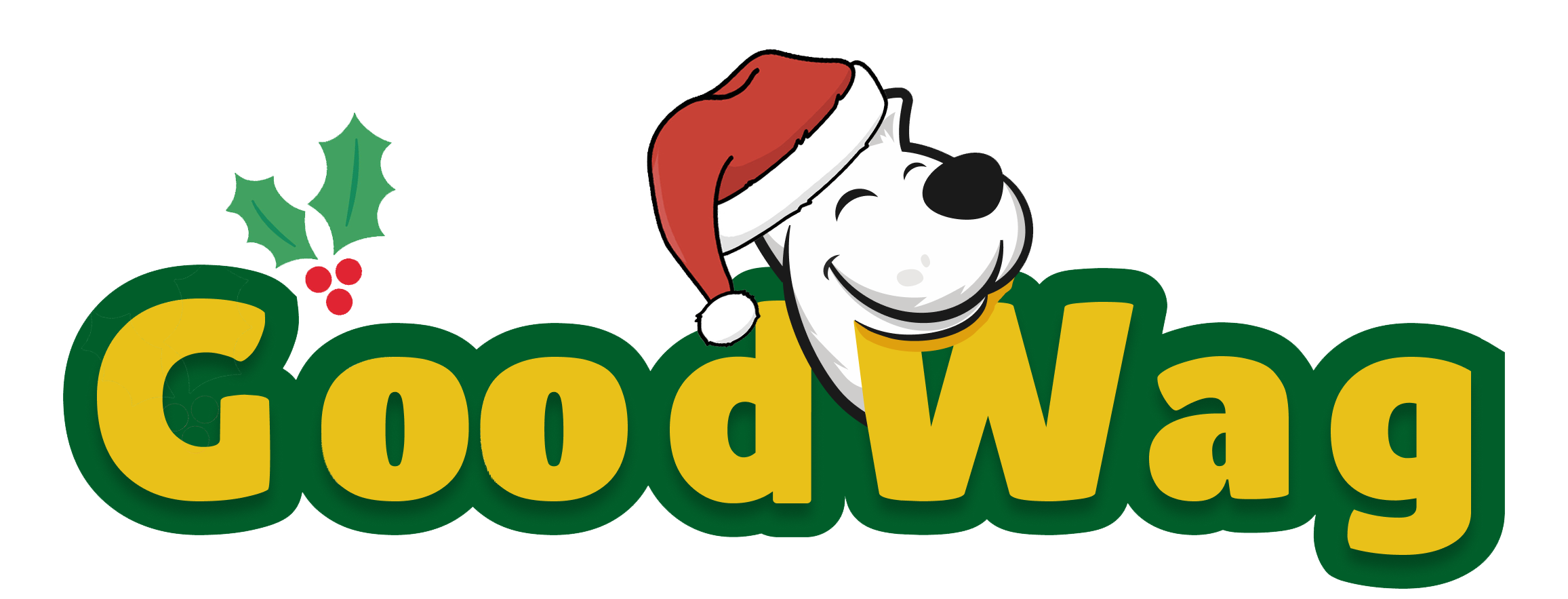
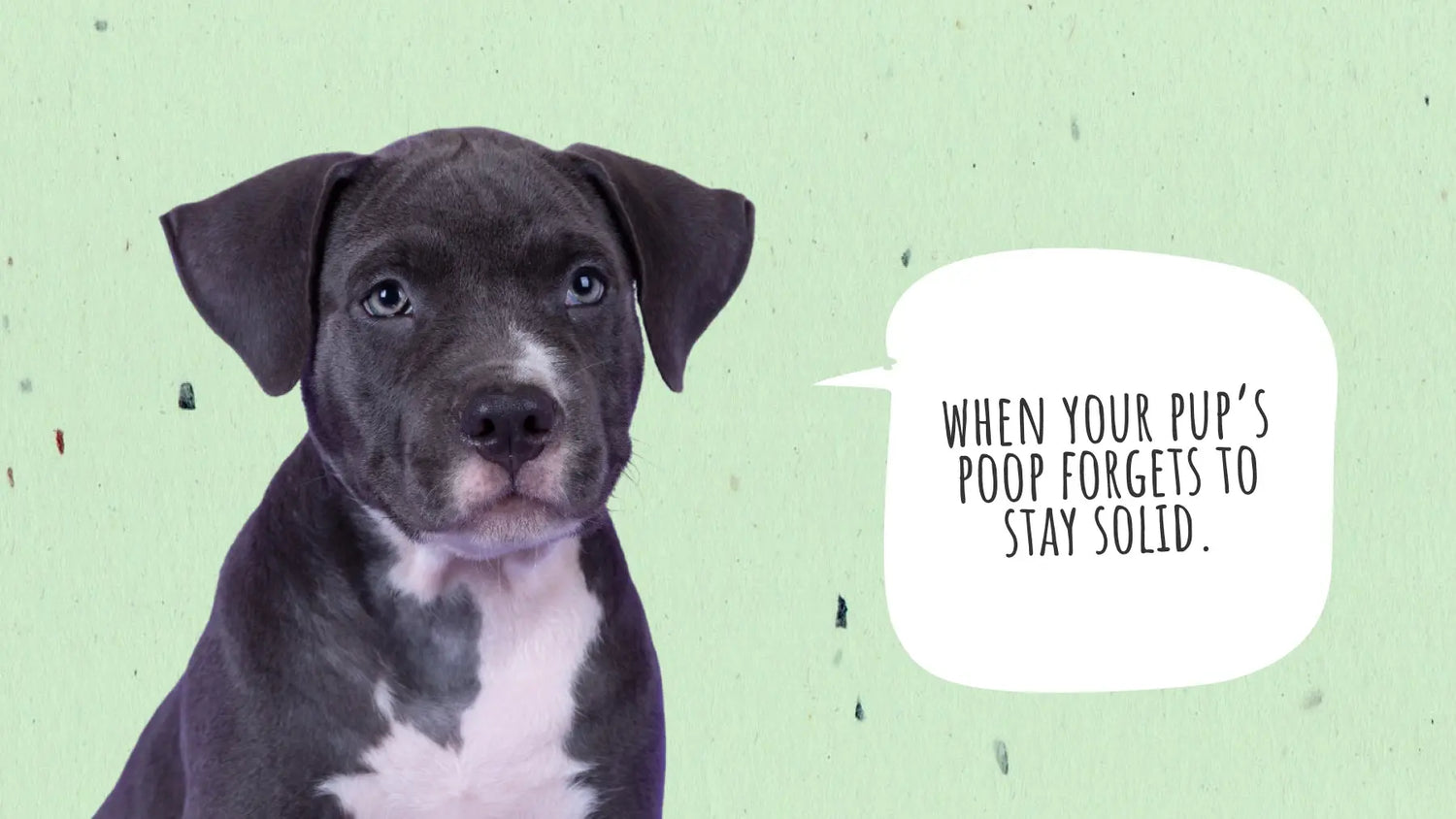
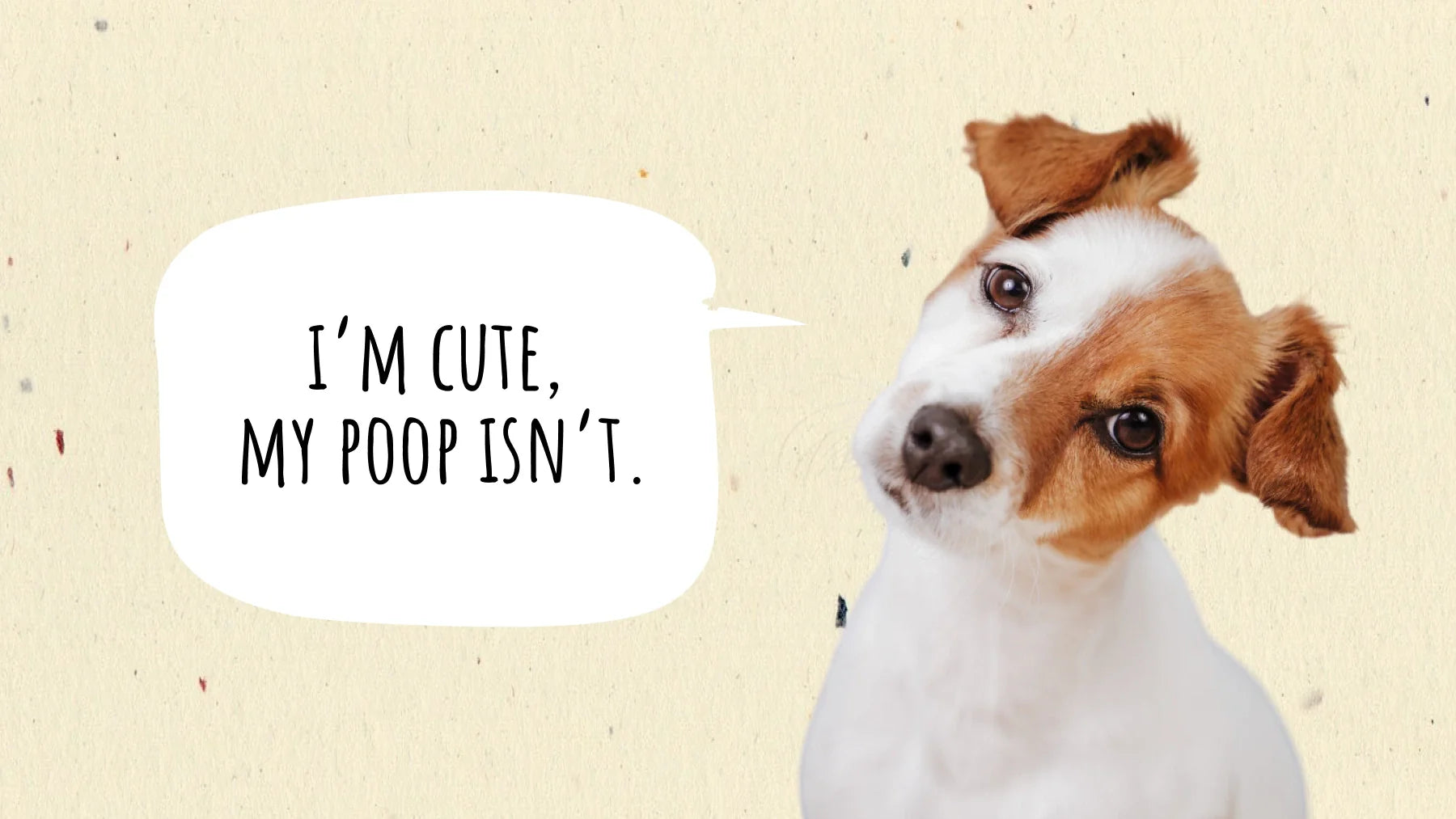
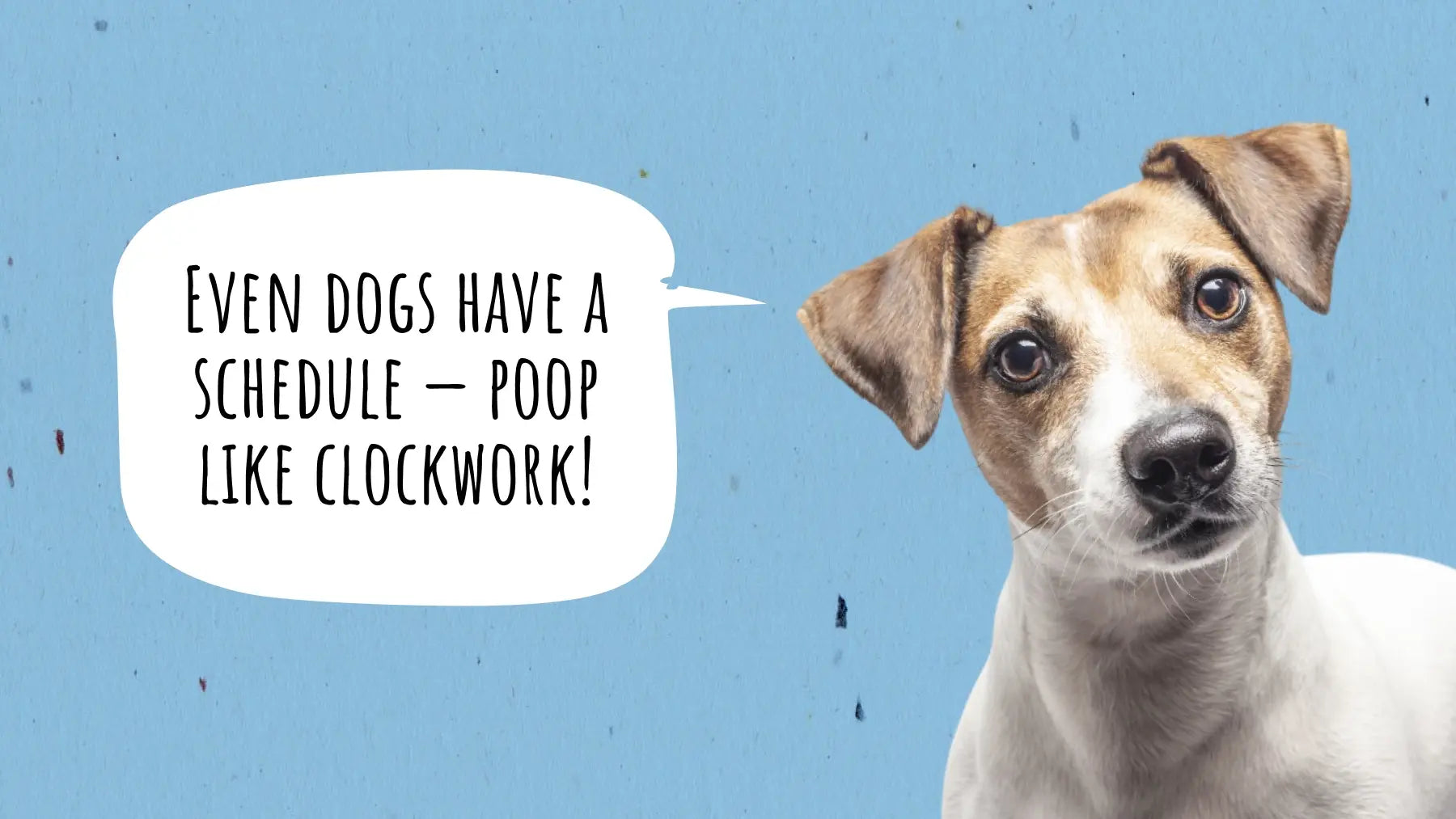
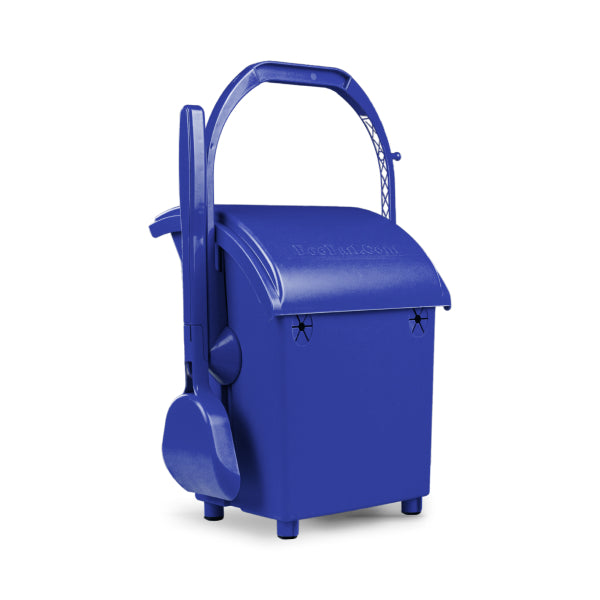
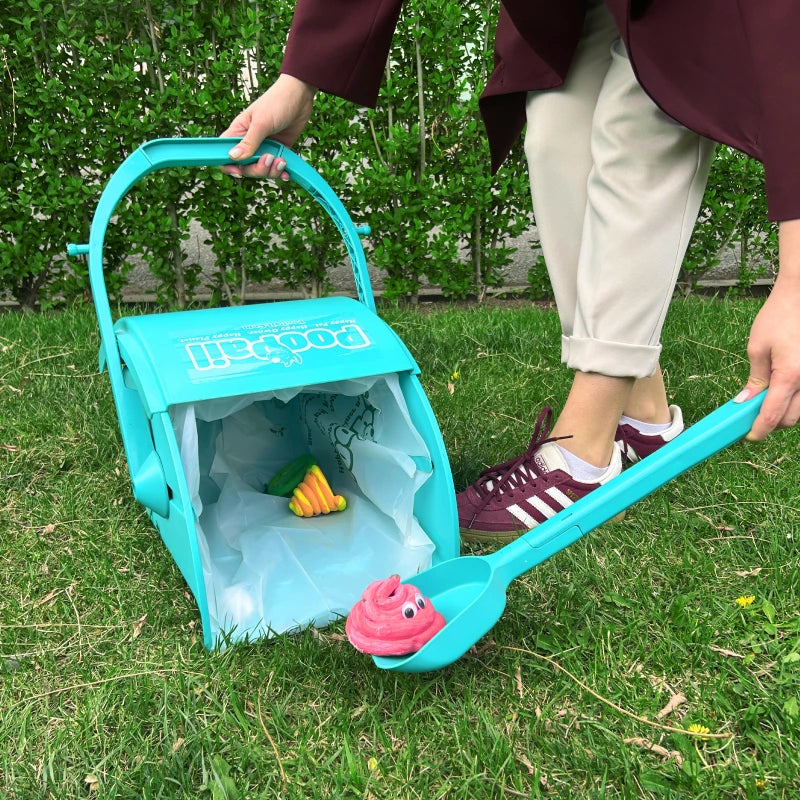
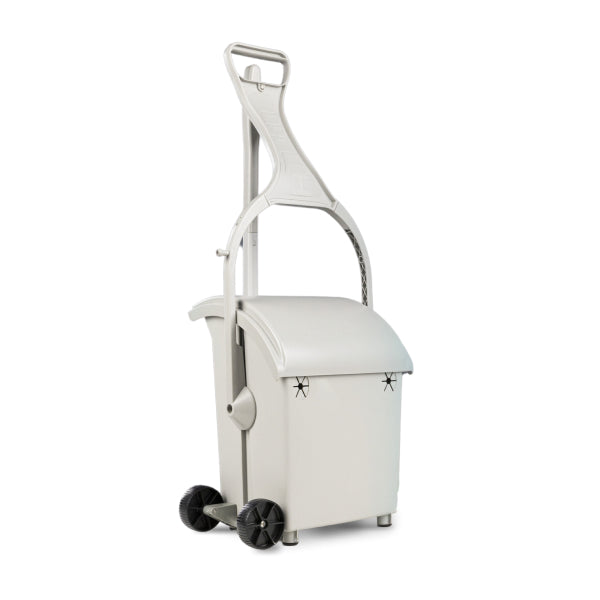
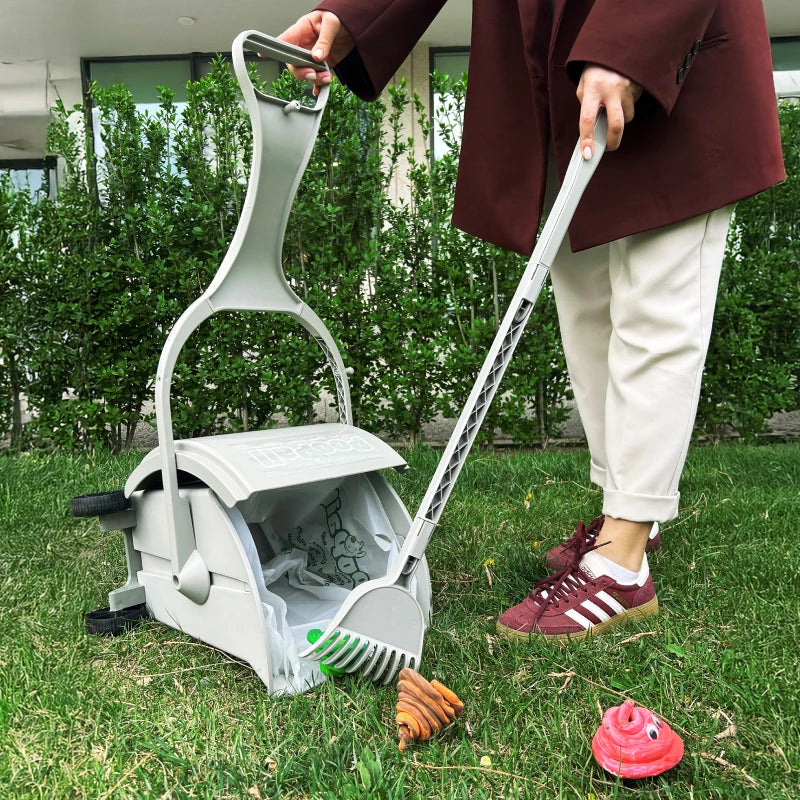
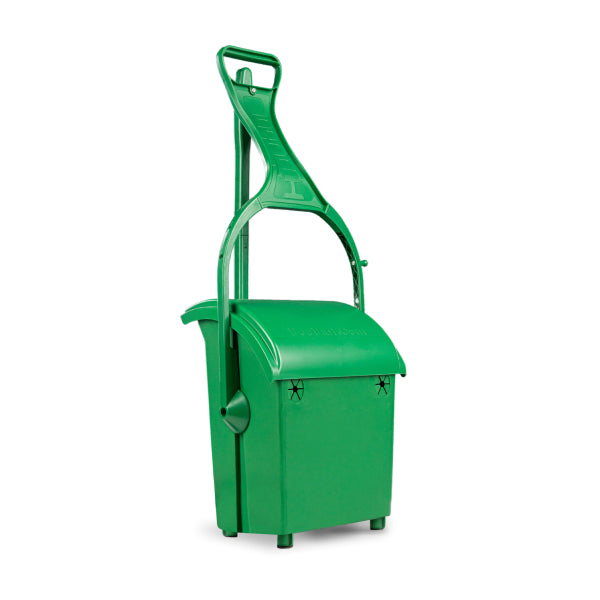
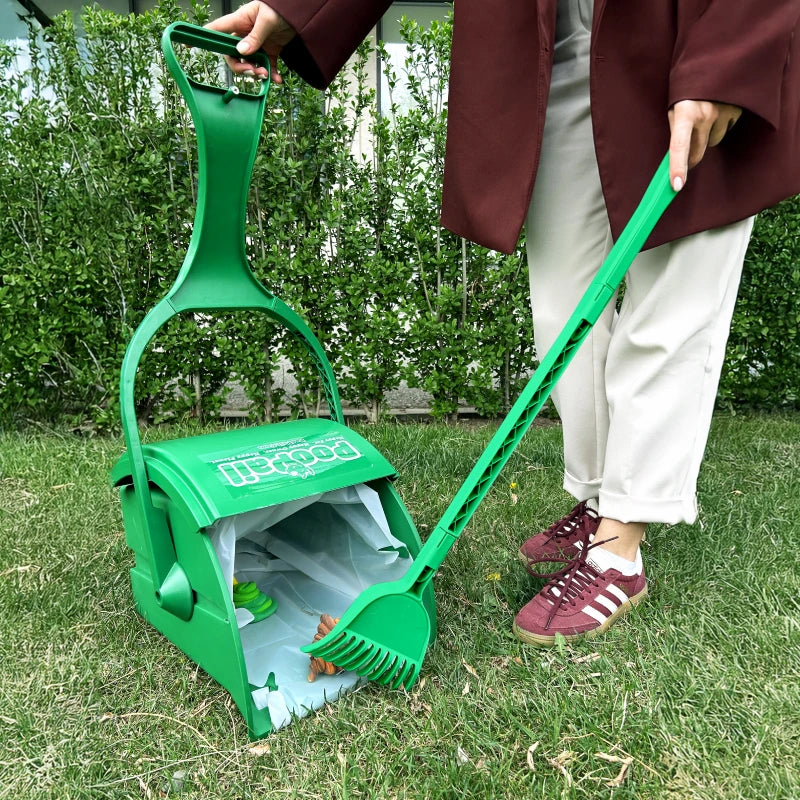
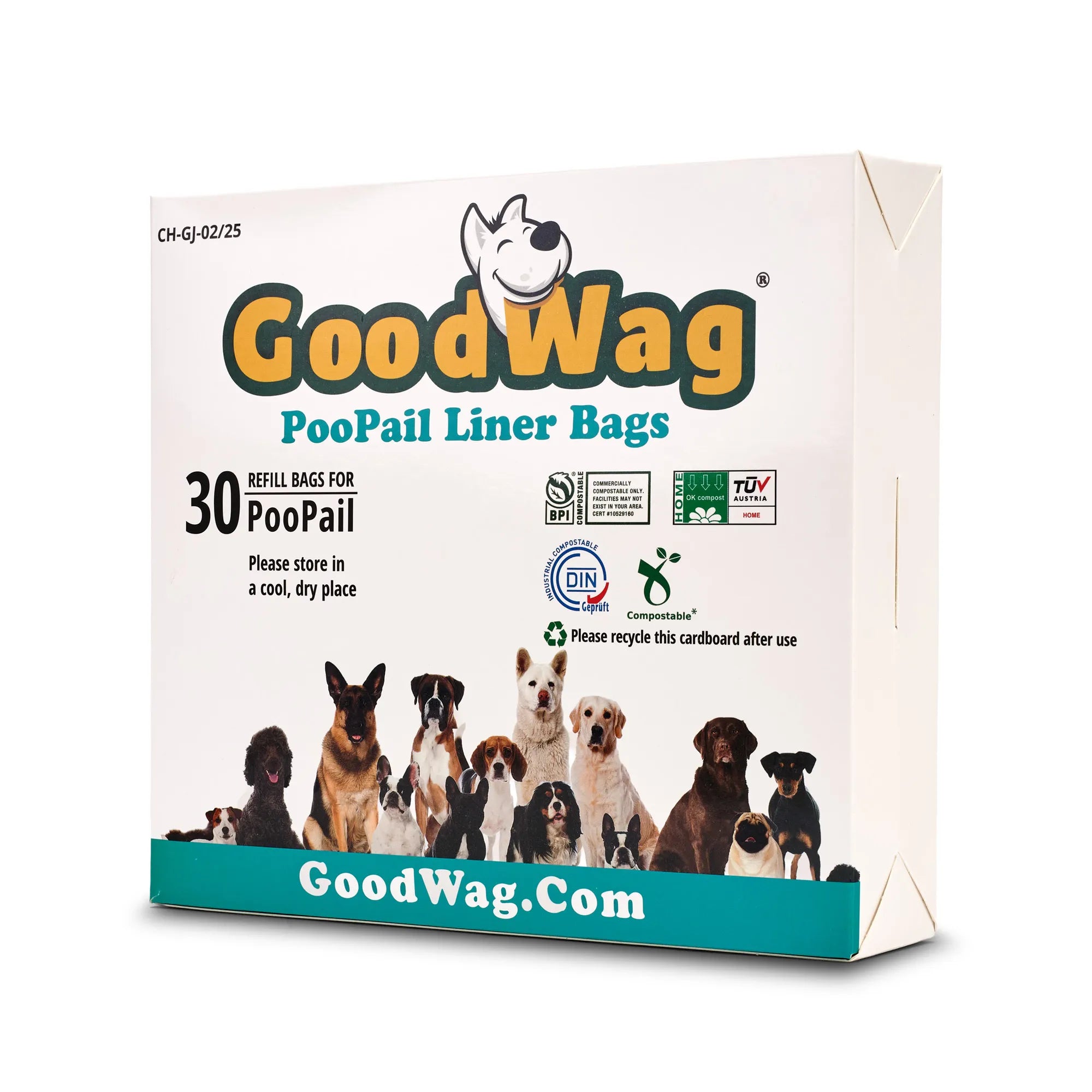
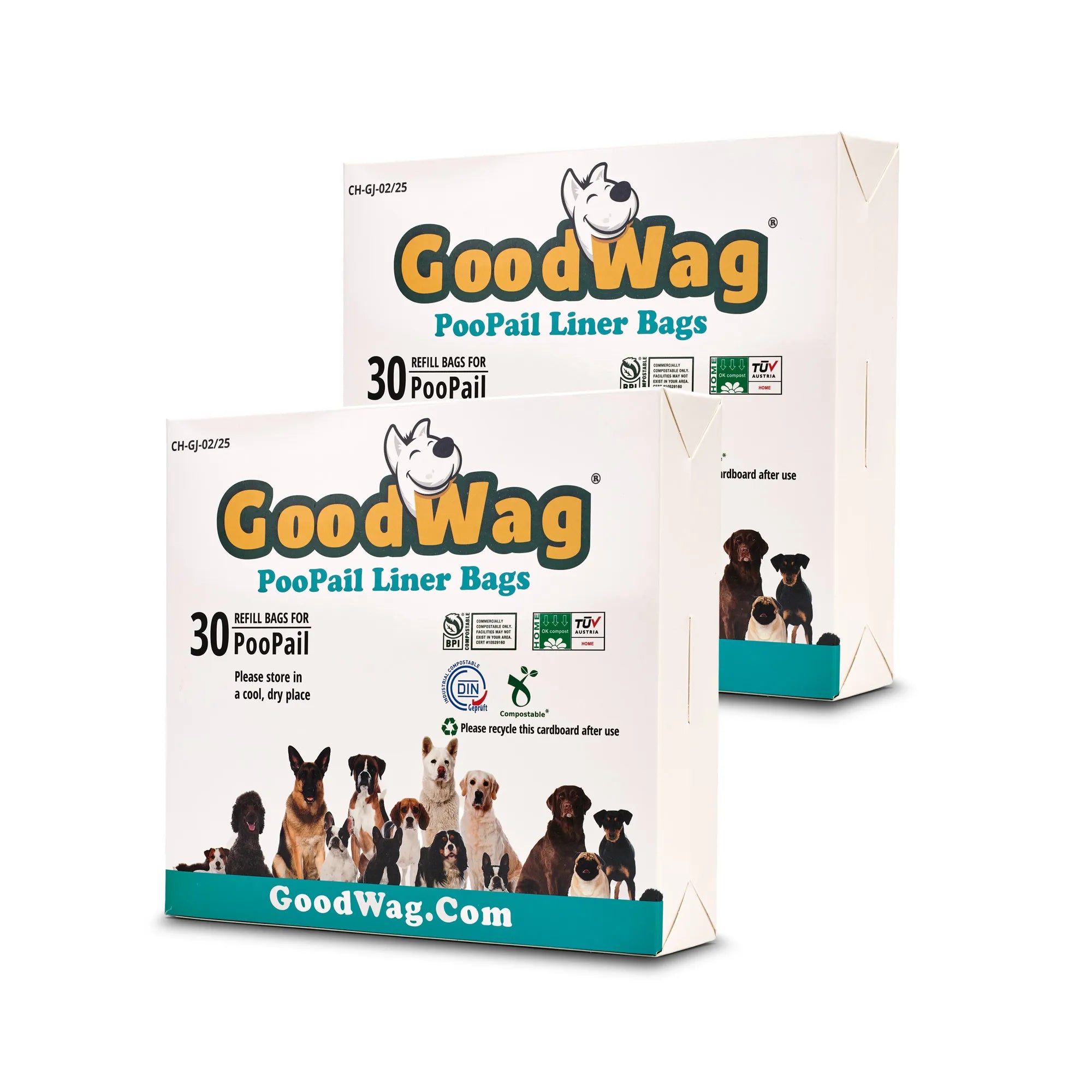
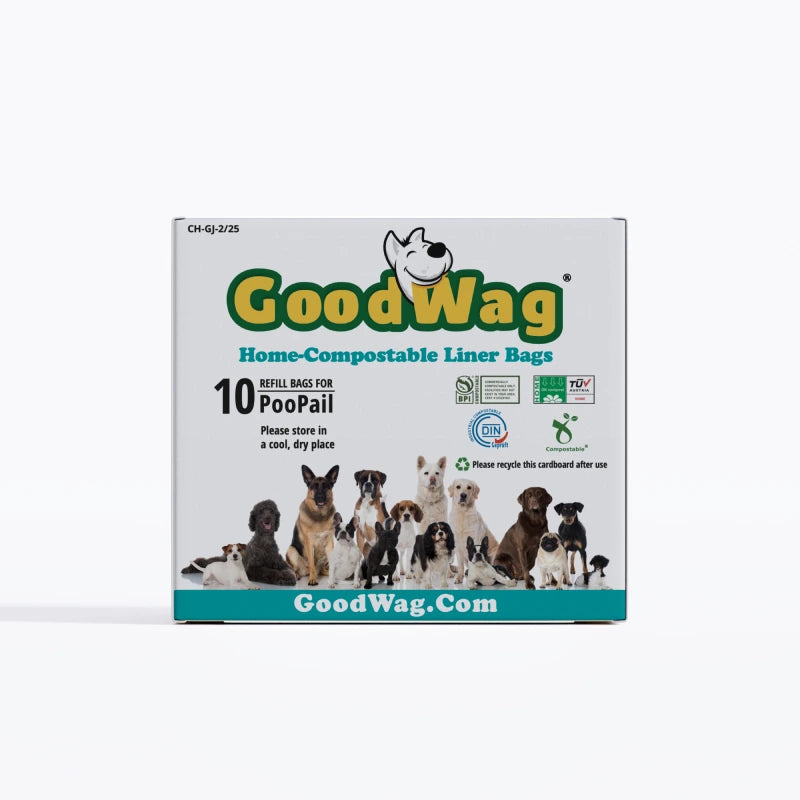
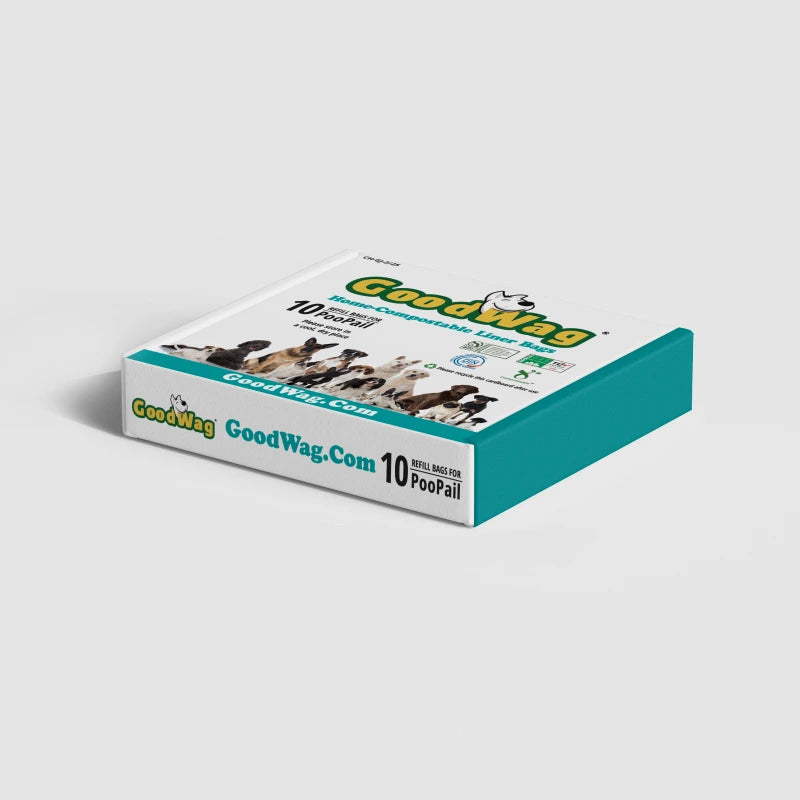
Leave a comment
This site is protected by hCaptcha and the hCaptcha Privacy Policy and Terms of Service apply.